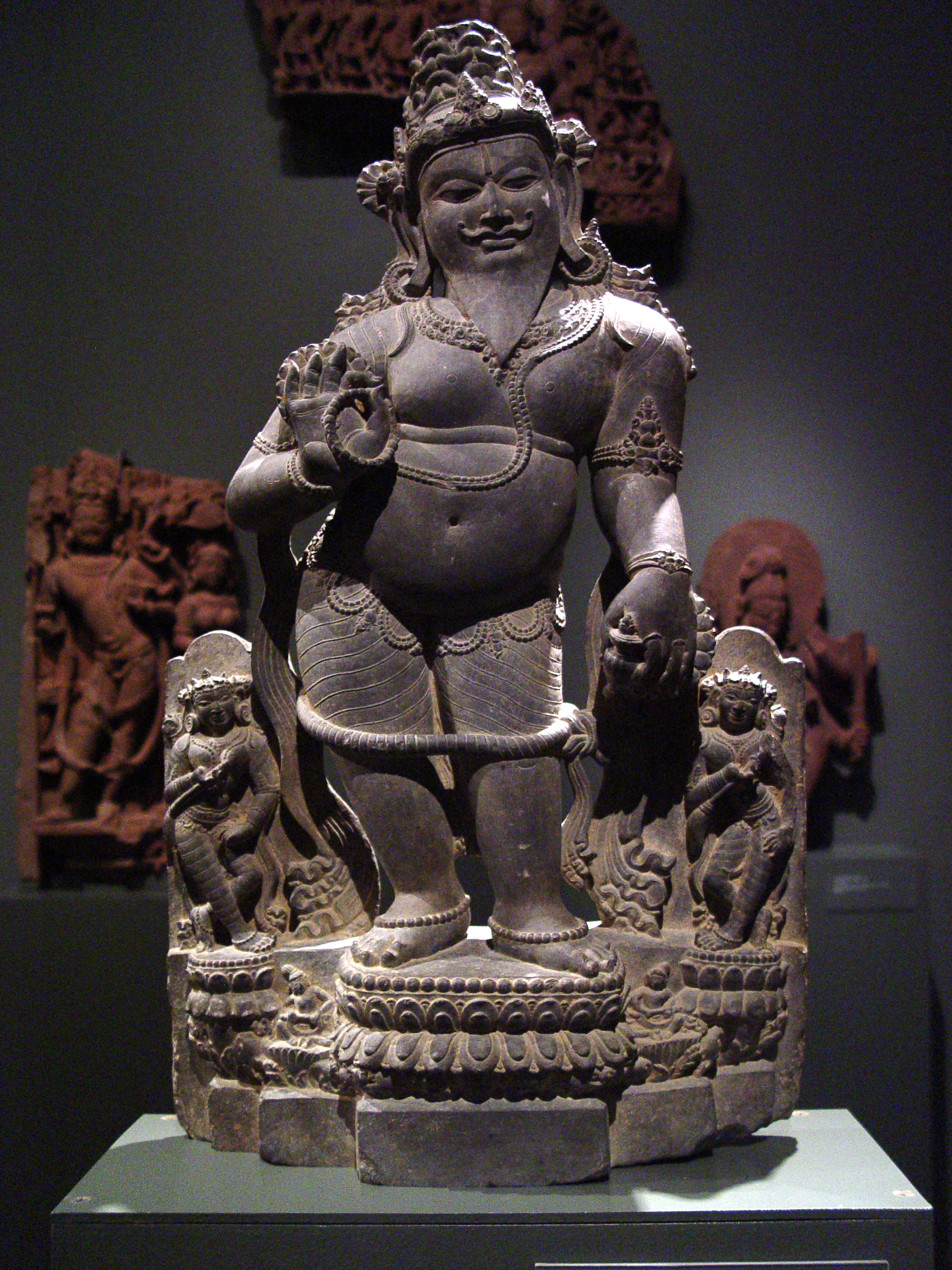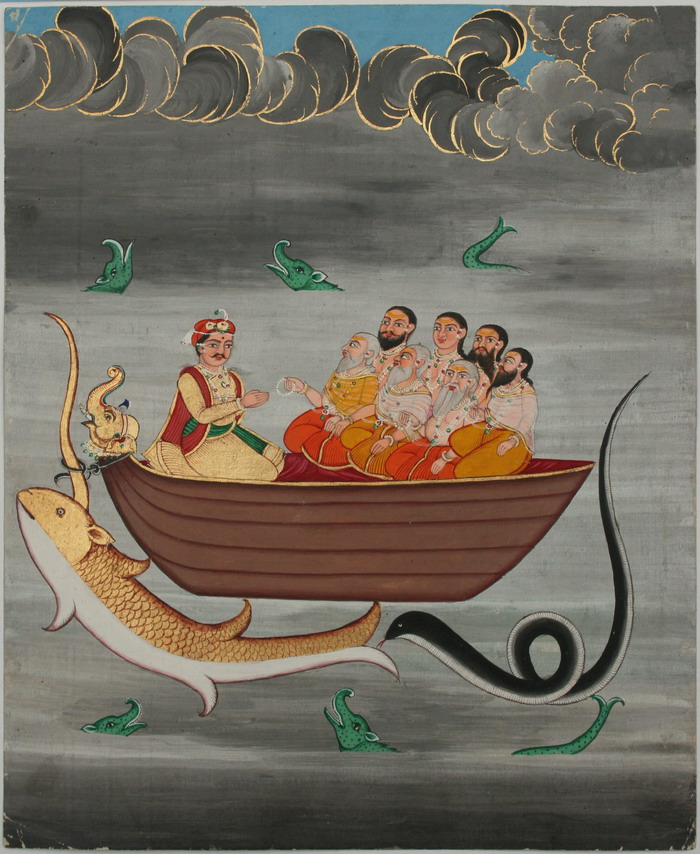|
Akattiyam
__NOTOC__ ''Agattiyam'' ( ta, அகத்தியம்), also spelled as ''Akattiyam'', according to Tamil tradition, was the earliest book on Tamil grammar. It is a non-extant text, traditionally believed to have been compiled and taught in the First Sangam, by Agattiar (Agastya) to twelve students. A few surviving verses of Akattiyam are said to be quoted in medieval commentaries. Sage Agattiyar (Agastya), in medieval commentaries of Tamil Hindu scholars, is variously credited with either creating the Tamil language or learning it from the god Siva. In contrast, according to medieval era Tamil Buddhist scholars, the sage learned Tamil from Avalokita. These legends are mentioned in Akitti Jataka and in Tamil Buddhist epics. There is no direct mention of the sage's name, or ''Agattiyam'' text, in '' Tolkappiyam'' or the bardic poetry of the Sangam literature. Tolkappiyar (epithet), the author of Tolkappiyam, which is the oldest extant Tamil grammar, is believed by variou ... [...More Info...] [...Related Items...] OR: [Wikipedia] [Google] [Baidu] |
Agastya
Agastya ( kn, ಅಗಸ್ತ್ಯ, ta, அகத்தியர், sa, अगस्त्य, te, అగస్త్యుడు, ml, അഗസ്ത്യൻ, hi, अगस्त्य) was a revered Indian sage of Hinduism. In the Indian tradition, he is a noted recluse and an influential scholar in diverse languages of the Indian subcontinent. He and his wife Lopamudra are the celebrated authors of hymns 1.165 to 1.191 in the Sanskrit text '' Rigveda'' and other Vedic literature. Agastya is considered to be the father of Siddha medicine. Agastya appears in numerous itihasas and Puranas including the major ''Ramayana'' and ''Mahabharata''. He is one of the seven most revered rishis (the Saptarishi) in the Vedic texts, and is revered as one of the Tamil Siddhar in the Shaivism tradition, who invented an early grammar of the Old Tamil language, Agattiyam, playing a pioneering role in the development of Tampraparniyan medicine and spirituality at Saiva centres ... [...More Info...] [...Related Items...] OR: [Wikipedia] [Google] [Baidu] |
Tolkāppiyam
''Tolkāppiyam'', also romanised as ''Tholkaappiyam'' ( ta, தொல்காப்பியம், ''lit.'' "ancient poem"), is the most ancient extant Tamil grammar text and the oldest extant long work of Tamil literature. The surviving manuscripts of the ''Tolkappiyam'' consists of three books (''atikaram''), each with nine chapters (''iyal''), with a cumulative total of 1,610 (483+463+664) '' sutras'' in the ''nūṛpā'' meter. It is a comprehensive text on grammar, and includes ''sutras'' on orthography, phonology, etymology, morphology, semantics, prosody, sentence structure and the significance of context in language. The ''Tolkappiyam'' is difficult to date. Some in the Tamil tradition place the text in the mythical second sangam, variously in 1st millennium BCE or earlier. Scholars place the text much later and believe the text evolved and expanded over a period of time. According to Nadarajah Devapoopathy the earliest layer of the ''Tolkappiyam'' was likely composed b ... [...More Info...] [...Related Items...] OR: [Wikipedia] [Google] [Baidu] |
Sangam Literature
The Sangam literature ( Tamil: சங்க இலக்கியம், ''caṅka ilakkiyam'';) historically known as 'the poetry of the noble ones' ( Tamil: சான்றோர் செய்யுள், ''Cāṉṟōr ceyyuḷ'') connotes the ancient Tamil literature and is the earliest known literature of South India. The Tamil tradition and legends link it to three literary gatherings around Madurai and Kapāṭapuram ( Pandyan capitals): the first over 4,440 years, the second over 3,700 years, and the third over 1,850 years before the start of the common era. Scholars consider this Tamil tradition-based chronology as ahistorical and mythical. Most scholars suggest the historical Sangam literature era spanned from c. 300 BCE to 300 CE, while others variously place this early classical Tamil literature period a bit later and more narrowly but all before 300 CE. According to Kamil Zvelebil – a Tamil literature and history scholar, the most acceptable range for the Sanga ... [...More Info...] [...Related Items...] OR: [Wikipedia] [Google] [Baidu] |
Tamil Grammar
Much of Tamil grammar is extensively described in the oldest available grammar book for Tamil, the ''Tolkāppiyam'' (dated between 300 BCE and 300 CE). Modern Tamil writing is largely based on the 13th century grammar '' Naṉṉūl'', which restated and clarified the rules of the Tolkāppiyam with some modifications. Parts of Tamil grammar Traditional Tamil grammar consists of five parts, namely eḻuttu, sol, poruḷ, yāppu, and aṇi. Of these, the last two are mostly applicable in poetry. The following table gives additional information about these parts. ''Eḻuttu'' (writing) defines and describes the letters of the Tamil alphabet and their classification. It describes the nature of phonemes and their changes with respect to different conditions and locations in the text. ''Sol'' defines the types of the words based on their meaning and the origin. It defines the gender, number, cases, tenses, classes, harmony, etc. This chapter also provides rules for compounding the ... [...More Info...] [...Related Items...] OR: [Wikipedia] [Google] [Baidu] |
Kubera
Kubera ( sa, कुबेर, translit=Kuberā) also known as Kuvera, Kuber and Kuberan, is the god of wealth, and the god-king of the semi-divine yakshas in Hinduism. He is regarded as the regent of the north (''Dikpala''), and a protector of the world ('' Lokapala''). His many epithets extol him as the overlord of numerous semi-divine species, and the owner of the treasures of the world. Kubera is often depicted with a plump body, adorned with jewels, and carrying a money-pot and a club. Originally described as the chief of evil spirits in Vedic-era texts, Kubera acquired the status of a '' deva'' (god) only in the ''Purana''s and the Hindu epics. The scriptures describe that Kubera once ruled Lanka, but was overthrown by his half-brother Ravana, later settling in the city of Alaka in the Himalayas. Descriptions of the "glory" and "splendour" of Kubera's city are found in many scriptures. Kubera has also been assimilated into the Buddhist and Jain pantheons. In Buddhis ... [...More Info...] [...Related Items...] OR: [Wikipedia] [Google] [Baidu] |
Kamil Zvelebil
Kamil Václav Zvelebil (November 17, 1927 – January 17, 2009) was a Czech scholar in Indian literature and linguistics, notably Tamil, Sanskrit, Dravidian linguistics and literature and philology. Life and career Zvelebil studied at the Charles University in Prague from 1946 to 1952 where he majored in Indology, English, literature and philosophy. After obtaining his PhD in 1952 and until 1970 he was a senior research fellow in Tamil and Dravidian linguistics and literature at the Oriental Institute of the Czechoslovak Academy of Sciences. He held the role of associate professor of Tamil and Dravidian at Charles University in Prague until 1968, when he and his family (including his son, the later archaeologist, Marek Zvelebil) were forced to flee after the Warsaw Pact invasion of Czechoslovakia. They fled to the United States at first, but later settled in the Netherlands. During the late 1960s, he made many field trips including those to South India. From 1965 to 1966, ... [...More Info...] [...Related Items...] OR: [Wikipedia] [Google] [Baidu] |
Nannūl
Nannūl ( ta, நன்னூல்) is a work on Tamil grammar written by a Jain ascetic Pavananthi Munivar around 13th century CE. It is the most significant work on Tamil grammar after Tolkāppiyam. The work credits Western Ganga vassal king Seeya Gangan of Kolar with patronising it. About 20 commentaries have been written on Nannūl up to 19th century CE. Nannūl was divided into five sections: written language, spoken language, semantics, poetic language and rhetorical devices. The latter three sections have been lost, so only the parts on written and spoken language are extant today. In Tamil, ''nūl'' means ''book'', and ''Nannūl'' means ''good book''. See also * Karanthai Thirupanamoor and Karanthai are twin villages about 19 km from Kanchipuram. They host historically important Jain temples containing historical inscriptions. There is a population of local Jains in these and nearby villages. Thirupanamoor vil ... Pavananthi munivar References External li ... [...More Info...] [...Related Items...] OR: [Wikipedia] [Google] [Baidu] |
Rishi
''Rishi'' () is a term for an accomplished and enlightened person. They find mentions in various Vedic texts. Rishis are believed to have composed hymns of the Vedas. The Post-Vedic tradition of Hinduism regards the rishis as "great yogis" or "sages" who after intense meditation ( tapas) realized the supreme truth and eternal knowledge, which they composed into hymns.Hartmut Scharfe (2002), Handbook of Oriental Studies, BRILL Academic, , pp. 13–15. The term appears in Pali literature as Ishi and in Buddhism, they can be either Buddhas, Paccekabuddhas, Arahats or a monk of high rank. Etymology According to Indian tradition, the word may be derived from two different meanings of the root 'rsh' (). Sanskrit grammarians derive this word from the second meaning: "to go, to move". V. S. Apte gives this particular meaning and derivation, and Monier-Williams also gives the same, with some qualification. Another form of this root means "to flow, to move near by flowing". (All th ... [...More Info...] [...Related Items...] OR: [Wikipedia] [Google] [Baidu] |
Madurai
Madurai ( , also , ) is a major city in the Indian state of Tamil Nadu. It is the cultural capital of Tamil Nadu and the administrative headquarters of Madurai District. As of the 2011 census, it was the third largest Urban agglomeration in Tamil Nadu after Chennai and Coimbatore and the 44th most populated city in India. Located on the banks of River Vaigai, Madurai has been a major settlement for two millennia and has a documented history of more than 2500 years. It is often referred to as "Thoonga Nagaram", meaning "the city that never sleeps". Madurai is closely associated with the Tamil language. The third Tamil Sangam, a major congregation of Tamil scholars said to have been held in the city. The recorded history of the city goes back to the 3rd century BCE, being mentioned by Megasthenes, the Greek ambassador to the Maurya empire, and Kautilya, a minister of the Mauryan emperor Chandragupta Maurya. Signs of human settlements and Roman trade links dating back to ... [...More Info...] [...Related Items...] OR: [Wikipedia] [Google] [Baidu] |
Rigveda
The ''Rigveda'' or ''Rig Veda'' ( ', from ' "praise" and ' "knowledge") is an ancient Indian collection of Vedic Sanskrit hymns (''sūktas''). It is one of the four sacred canonical Hindu texts ('' śruti'') known as the Vedas. Only one Shakha of the many survive today, namely the Śakalya Shakha. Much of the contents contained in the remaining Shakhas are now lost or are not available in the public forum. The ''Rigveda'' is the oldest known Vedic Sanskrit text. Its early layers are among the oldest extant texts in any Indo-European language. The sounds and texts of the ''Rigveda'' have been orally transmitted since the 2nd millennium BCE. Philological and linguistic evidence indicates that the bulk of the ''Rigveda'' Samhita was composed in the northwestern region of the Indian subcontinent (see) Rigvedic rivers), most likely between 1500 and 1000 BCE, although a wider approximation of 19001200 BCE has also been given. The text is layered, consistin ... [...More Info...] [...Related Items...] OR: [Wikipedia] [Google] [Baidu] |
David Dean Shulman
David Dean Shulman (born January 13, 1949) is an Israeli Indologist, poet and peace activist, known for his work on the history of religion in South India, Indian poetics, Tamil Islam, Dravidian linguistics, and Carnatic music. Bilingual in Hebrew and English, he has mastered Sanskrit, Hindi, Tamil and Telugu, and reads Greek, Russian, French, German, Persian, Arabic and Malayalam. He was formerly Professor of Indian Studies and Comparative Religion at the Hebrew University, Jerusalem, and professor in the now defunct Department of Indian, Iranian and Armenian Studies, and now holds an appointment as ''Renee Lang Professor of Humanistic Studies'' at the Hebrew University in Jerusalem. He is a member of the Israel Academy of Sciences and Humanities since 1988. Shulman is also a published poet in Hebrew, a literary critic, a cultural anthropologist. He has authored or co-authored more than 20 books on various subjects ranging from temple myths and temple poems to essa ... [...More Info...] [...Related Items...] OR: [Wikipedia] [Google] [Baidu] |






.png)